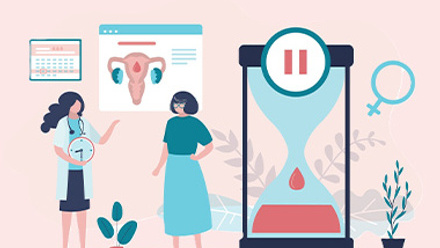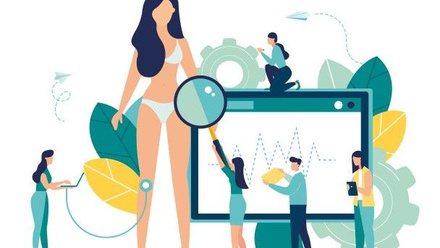It's time to stand up and be counted

Its authors -- Kelly Starrett, therapist of world-class athletes and author of best-seller “Becoming a supple leopard” & cult MobilityWOD videos; Juliet Starrett and Glen Cordoza, say there are many ways that employers can turn the office space into an opportunity to ensure a healthier workforce.
An increasing amount of research confirms that 'sitting is the new smoking'. Adverse effects of sedentary lifestyles range from stiffness and lower back pain to more serious conditions such as diabetes, cancer and depression.
So what can employers do to enable their employees to survive their time sitting in their chairs and improve mental and body performance? And what impact does that have on corporate health plans?
Why regular exercise is not enough?
The book’s authors point out that even if an employee is going to the gym every day it’s not enough to combat the challenges of sitting at a desk all day. “It is not only about moving at the gym, but also about our lives outside the gym, the remaining 23 hours of the day. Of course we need to exercise, but we also need to ensure all our movements are well performed and to correct bad posture before pain and stiffness kick-in,” say the authors.
The consequences of sitting too much is a long list but the ones most commonly experienced are related to the rounded spine posture, with our back rounded forward and our lower body completely switched off for hours.
“This results in a loss of a normal range of motion, aches such as lower back pain, jaw pain, headaches, etc, as well as difficult breathing mechanisms (due to compromised diaphrabm functions) and numbness,” they say.
Rigid mind in a rigid body?
0So how can employers help their staff and address their sedentary habits? “Changing sitting habits has a huge potential for employers not only to reduce their health costs, but also to improve their bottom line through enhanced productivity,” say the authors.
“Since ancient times we knew movement contributes to sharpening thinking skills and to optimal cognitive functions. Research published from Texas University analyses the impact of sitting in a call centre.
The environment was selected to easily measure the outcome: you either close the deal or you don’t. Half of employees were sitting and half were at standing desks but the results showed that the success rate was two times higher for standing employees.”
How can we help employees survive their chair as part of health and wellbeing strategies?
There are basic recommendations that employers can follow to encourage their staff to get moving more. This ranges from avoiding “optional sitting” in leisure time and encouraging them to move at least two minutes in every 30 minutes they spend at the desk.
“It is about mobilisation, getting your employees up and moving as much as possible. They will be sharper and more awake,” say the Deskbound authors. “A friend of ours adopted a policy in his advertising firm to encourage employees to avoid sending internal emails. Instead they were encouraged to stand up and go to talk to their fellow employees.”
Standing is the new sitting
Another option that employers can invest in are standing desks. Changing furniture is a one-time fixed cost that can have a huge and long term impact on employees’ wellbeing so is well worth the investment but how do you actually motivate staff to use them?
“It is important to set up those desks correctly and to use them gradually. Encourage employees to start working on their feet for a couple of hours a day until they are comfortable enough to stand all day at work,” say the authors.
And it’s also worth pointing out the added benefits to employees too: “This single piece of furniture encourages movement throughout the day. And you can burn up to 90 thousands calories more per year with no dietary changes or additional exercise,” say the authors.
Now that has to be reason enough to stand up and be counted.
This article was supplied by Generali Employee Benefits.
Supplied by REBA Associate Member, Generali Employee Benefits Network
Generali Employee Benefits' solutions are to protect and enhance the wellbeing of their workforce.







